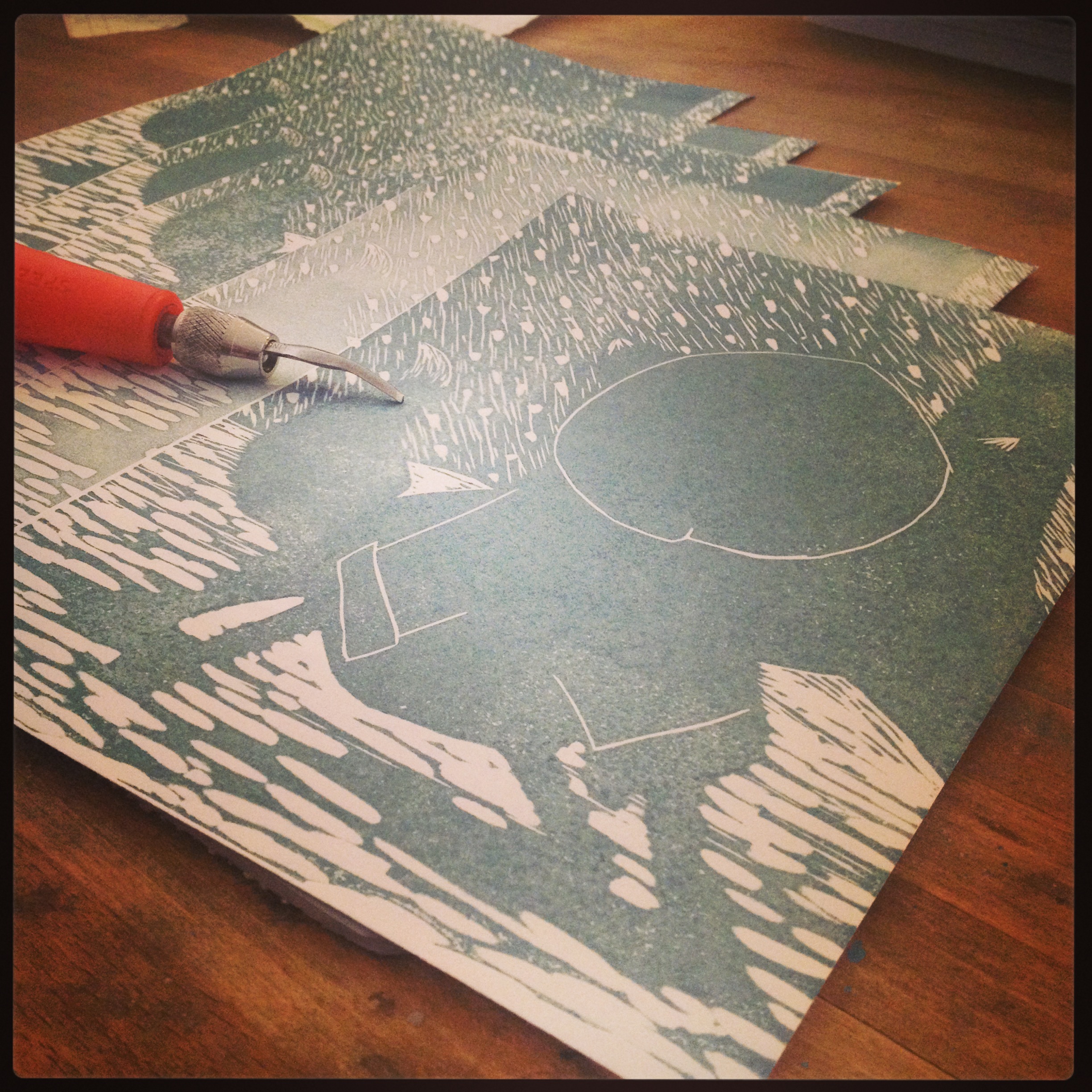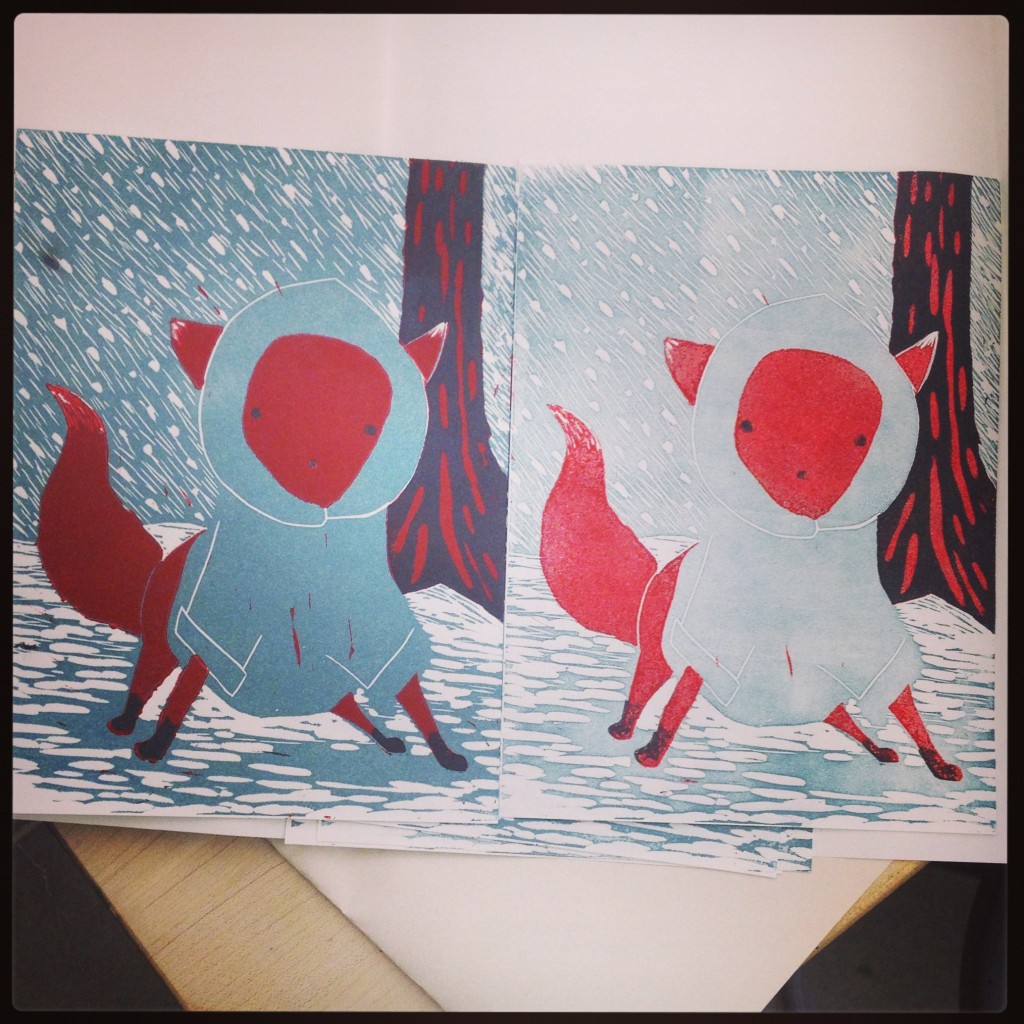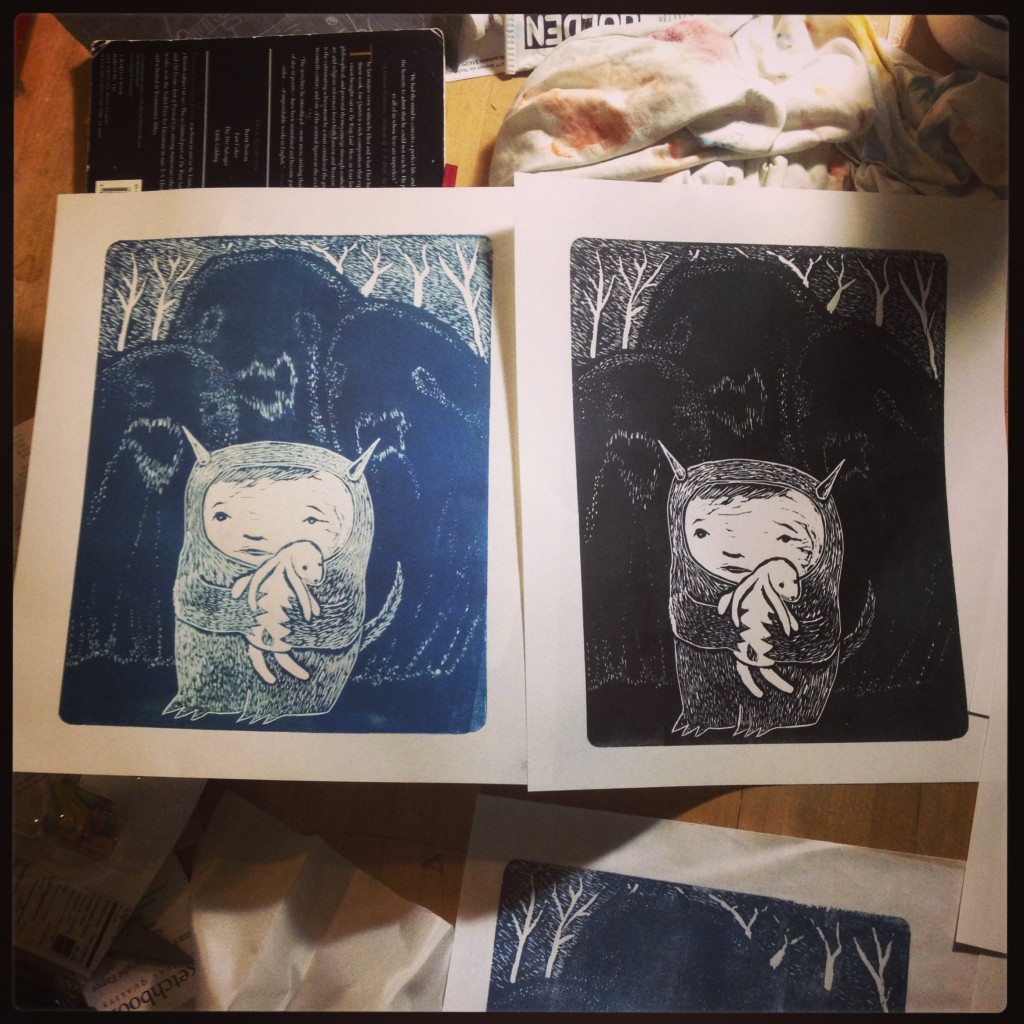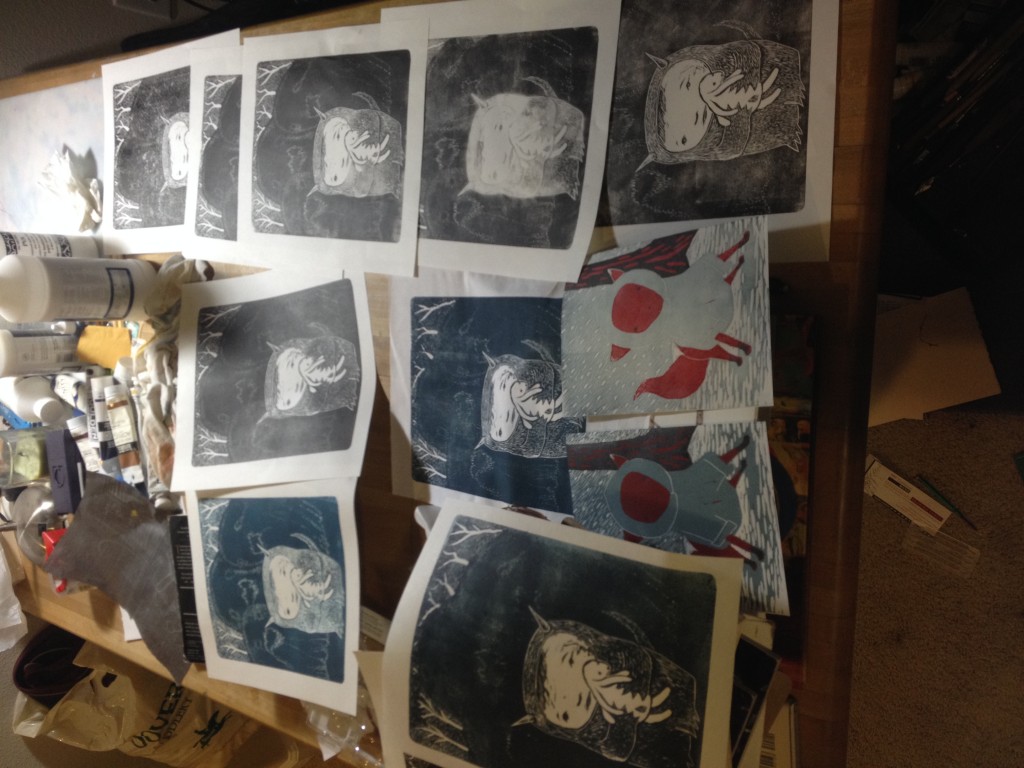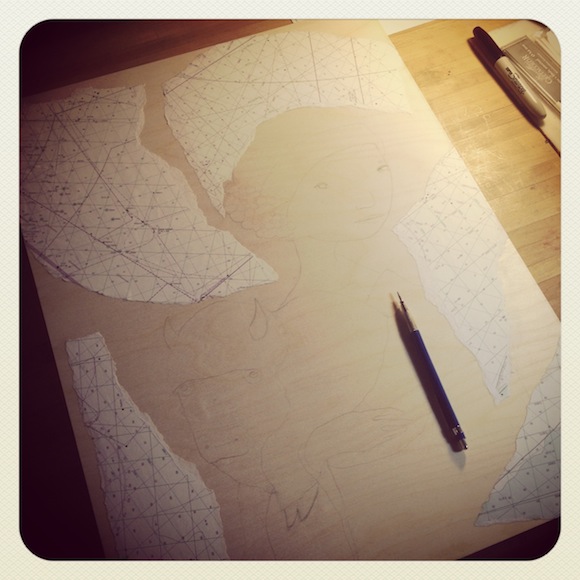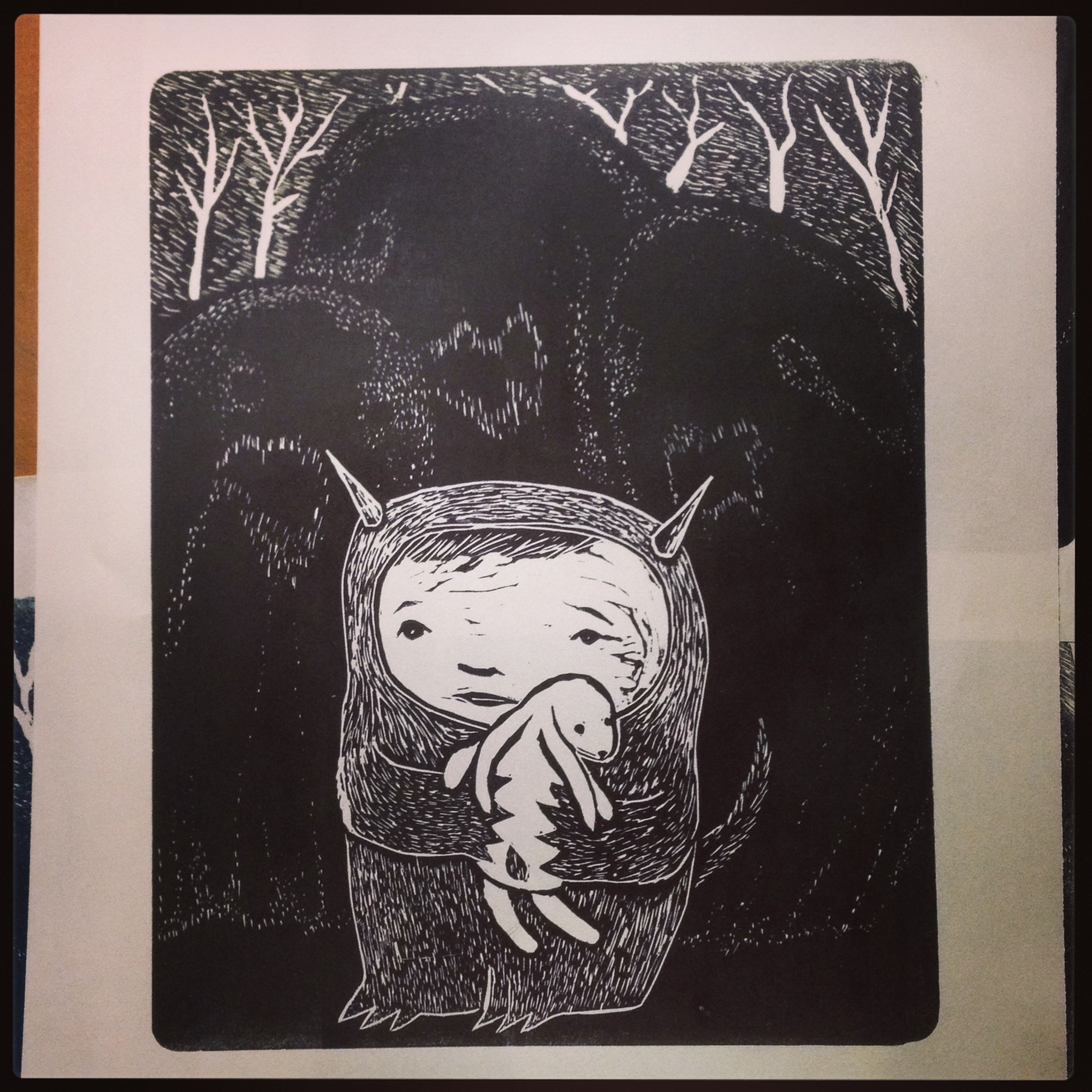 Last month I wrote about learning new things and an experience that maybe wasn't the most successful, but where I still learned some good lessons from doing it, including to laugh at myself a little more. This time I want to share another story about learning something new where it was very positive and though I still made some mistakes- I was still able to produce some respectable results and still not take myself too seriously.
Last month I wrote about learning new things and an experience that maybe wasn't the most successful, but where I still learned some good lessons from doing it, including to laugh at myself a little more. This time I want to share another story about learning something new where it was very positive and though I still made some mistakes- I was still able to produce some respectable results and still not take myself too seriously.
In February I took a class at the Nevada Museum of Art in Linocut Printmaking. I've taken printmaking classes before but it's been years and I've never tried linocut before. I went in excited and ready to learn- ready to implement some things at home and experiment with this new-to-me art form.
The class ran once a week for four weeks which was great because it gave us a lot of time to try a few techniques and work with a nice press which is hard to come by!
The teacher was Elizabeth Ferrill, she is in town for a limited time while she teaches at UNR and St. Mary's Art Center in addition to the NMA. I highly recommend taking a class with her, as she explains the process well and lets people really try different things and offers great feedback. She was very encouraging and made the class fun.
The class was a mix of experienced printmakers and students totally new to printmaking which also made it great. Everyone had really interesting images and brought a variety of ideas which I think always gets me more engaged in the process of art making.
The class overall was a busy but relaxed atmosphere- everyone really got into the zone making prints and carving images into the plates. It was nice to take little breaks to walk around and look at what others were producing; I wish I had taken some photos because there were so many really nice prints. My favorite part of the process was carving- it's almost meditative as you carve lines and shapes into the material and build your image.
I played with different color inks and the way that I applied them to the plate to see what textures would come out when run through the press. I'm not going to lie, operating that press was super fun too and so satisfying to see that print come off with a new image. Even the same image will yield many different results depending on how you apply the ink and what kind of paper or fabric you print on.
This class was just what I needed to get out of my comfort zone, learn some new things, and see things in new ways. This way of printmaking got me to really think and plan a bit ahead for what I was going to make, allow for some surprises, and embrace mistakes as positives. I also got lots of new ideas from the whole experience which is exactly what I love most about learning.
